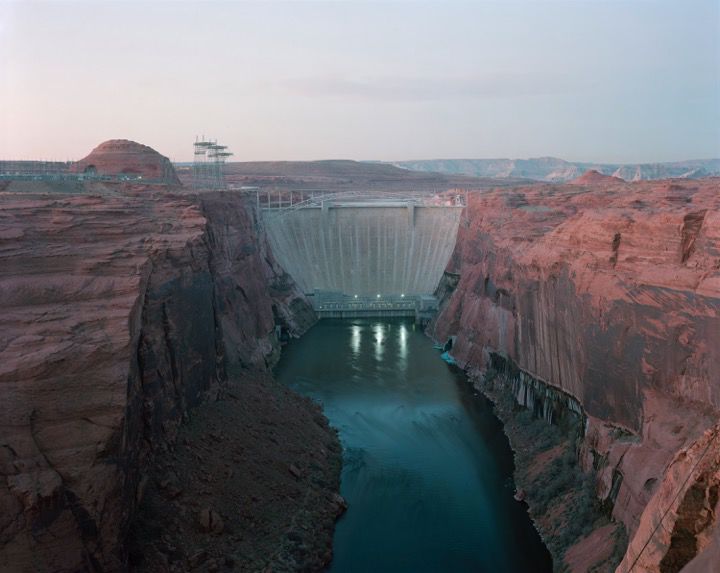Some information may be outdated.
Massive flooding has occurred around Moab and it could happen again.
While drought and its repercussions are what water managers focus on most when it comes to the Colorado River Basin, extreme flooding is also part of a natural hydraulic cycle, thus, the reason scientists say paleoflood hydrology — the study of ancient floods — is important for Moab.
John Weisheit, co-founder of Living Rivers and a Colorado Riverkeeper, along with the late U.S. Geological Survey scientist John Dohrenwend, led a citizen science initiative in Moab years ago that explored evidence of past area flooding. The research helped to prompt the removal of radioactive uranium mill tailings from the Atlas mill site along the Colorado River. More than half of the 16 million tons of toxic waste has been removed so far.
“Those mill tailings are radioactive for 100,000 years,” Weisheit said. “We helped move the pile by doing the science.”
By studying slack water deposits (stored sediment dating back centuries) scientists can learn the magnitude and frequency of past floods.
“History of the great floods of the Colorado and Green rivers,” presented by Vic Baker, regent professor of hydrology and atmospheric sciences at the University of Arizona, is the third in a series of presentations from the Center for Colorado River Studies. The event will take place on Thursday, July 18, at the Grand County Public Library, 257 E. Center St.
“We hired Vic Baker as the lead scientist to do a paleoflood hydrology investigation,” Weisheit said. “There have been 42 massive floods in the past 2,100 years, half of which occurred in the last 500 years. Everybody’s focused on the drought and that’s fine, but nature has two cycles. We should be looking at floods. All the people who live west of Main Street (should be aware) that the Colorado River has been there three times in the last 2,000 years. We already know it’s happened before.”
Infrastructure such as bridges and dams would also be at risk in the event of a flood, Weisheit said.
Baker’s 45- to 50-minute presentation will allow time for questions, followed by a panel discussion led by various water experts and stakeholders.
Utah State University professor Jack Schmidt founded the Center for Colorado River Studies four years ago after a lifetime of research and study, he said. He also founded the Colorado River Science: Moab speaker series “to make science more accessible to people who care about the river.”
“The documentation of these great floods around Moab is of public interest knowing this has occurred in the past,” he said. “I want to empower citizens to understand the river so we can be more effective,” in making decisions concerning the river and nearby infrastructure.
The talk is especially relevant given that government officials and stakeholders are currently in the process of reconsidering agreements about how to allocate and store the water, Schmidt said.
The July 18 presentation is the third in a series and will be followed by a fourth presentation planned in September to overlap with the Moab Festival of Science.
“Since Moab is a significant community along the river and doesn’t have the same access (to major speakers as larger cities), I found funders for the science series,” Schmidt said. “I’m trying to bring some of the best people to Moab.”
Baker is former president of the Geological Society of America. His students work all over the world researching ancient massive floods.
“He’s off-the-charts smart,” Weisheit said. “He’s one of the best scientists on the planet and he’s coming to Moab July 18.”
Free library presentation on Colorado, Green rivers examines the role of flooding amid a time of drought
“He’s off-the-charts smart. He’s one of the best scientists on the planet and he’s coming to Moab July 18.”
When: Thursday, July 18, at 6 p.m.
Where: Grand County Public Library, 257 E. Center St.
Cost: Free
Info: qcnr.usu.edu/coloradoriver/
Appreciate the coverage? Help keep local news alive.
Chip in to support the Moab Sun News.





